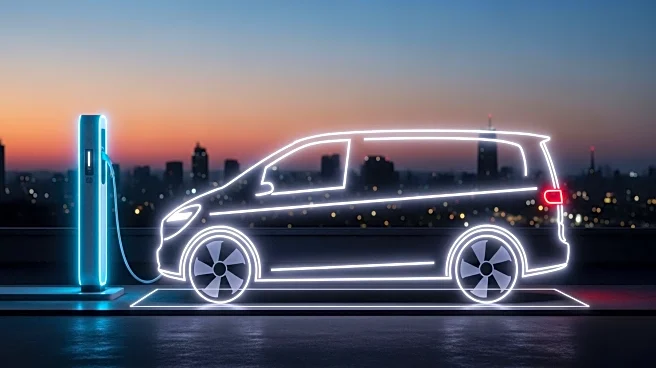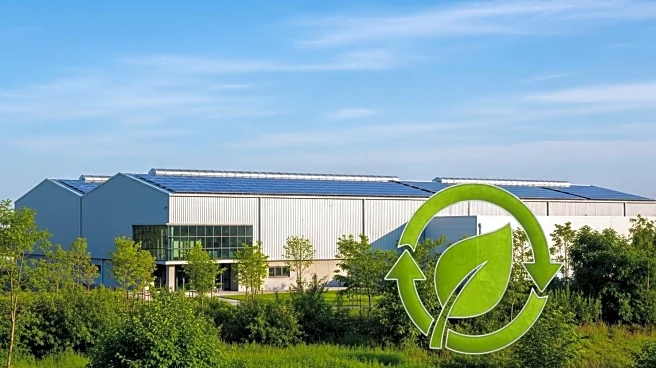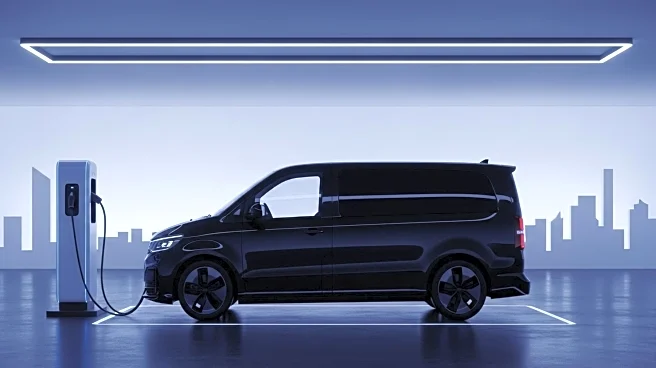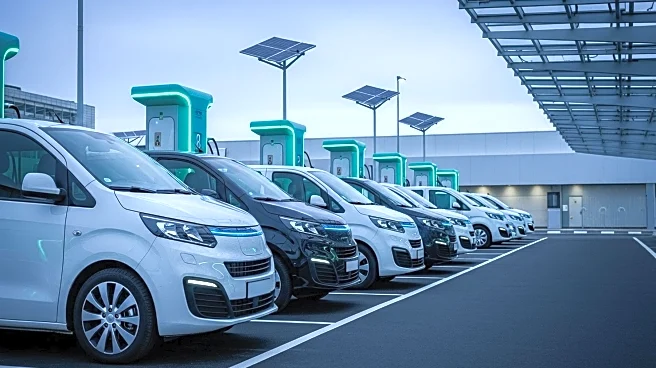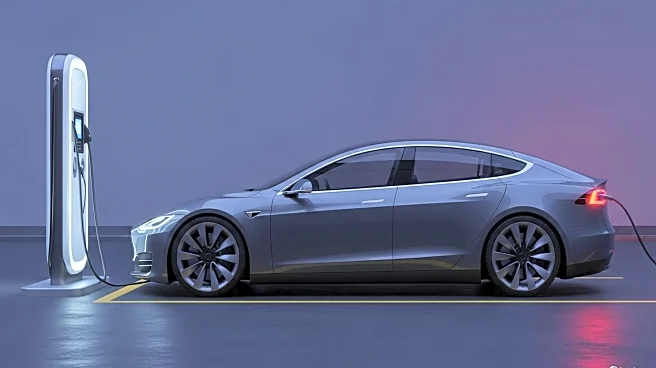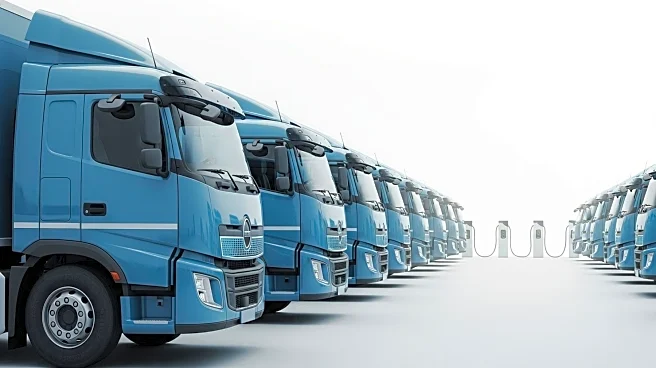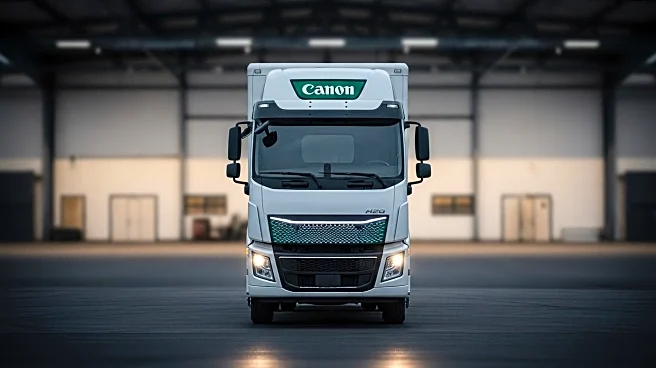What's Happening?
Fleet operators in the UK are showing declining expectations for the adoption of electric vans, according to the 2025 Arval Mobility Observatory Barometer. The predicted percentage of battery electric vans in fleets by 2028 has decreased to 14%, down from 15% in 2024 and 18% in 2023. Challenges such as range limitations, payload capacity, and charging infrastructure are cited as major obstacles. Despite these challenges, Arval remains optimistic about future adoption rates, suggesting that the current predictions may be overly pessimistic.
Why It's Important?
The decline in fleet expectations for electric van adoption highlights ongoing challenges in the transition to zero-emission vehicles. This trend is significant for the commercial transportation sector, which plays a crucial role in reducing overall carbon emissions. The hesitancy among fleet operators could impact the pace of electrification in the industry, affecting manufacturers, policymakers, and environmental goals. Addressing these challenges is essential for achieving broader sustainability targets and fostering innovation in electric vehicle technology.
What's Next?
Efforts to overcome the challenges faced by fleet operators may include advancements in battery technology, improved charging infrastructure, and policy incentives. Collaboration between industry stakeholders, including manufacturers and government agencies, will be crucial in finding solutions to increase electric van adoption. The focus will likely be on enhancing vehicle performance and operational efficiency to meet the needs of fleet operators and support the transition to sustainable transportation.
Beyond the Headlines
The reluctance to adopt electric vans underscores broader issues in the transition to sustainable transportation. The challenges faced by fleet operators may reflect wider concerns about the feasibility and cost-effectiveness of electric vehicles in commercial applications. Addressing these issues requires a comprehensive approach that considers technological, economic, and policy dimensions. The transition to electric vans also presents opportunities for innovation in related sectors, such as renewable energy and smart grid technology.
